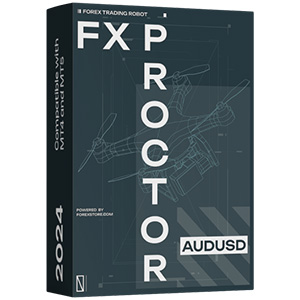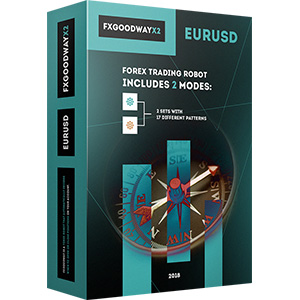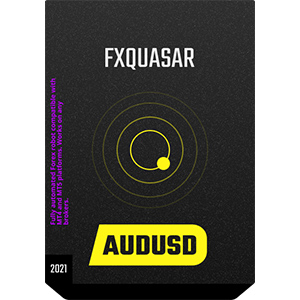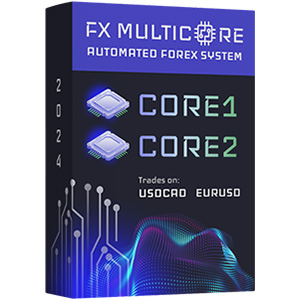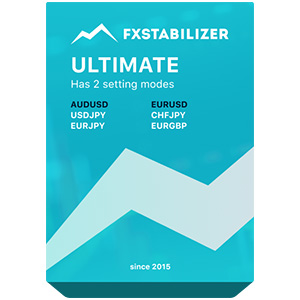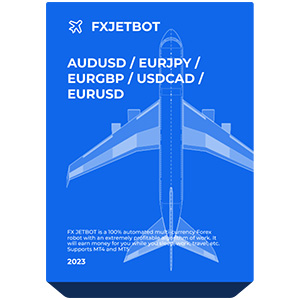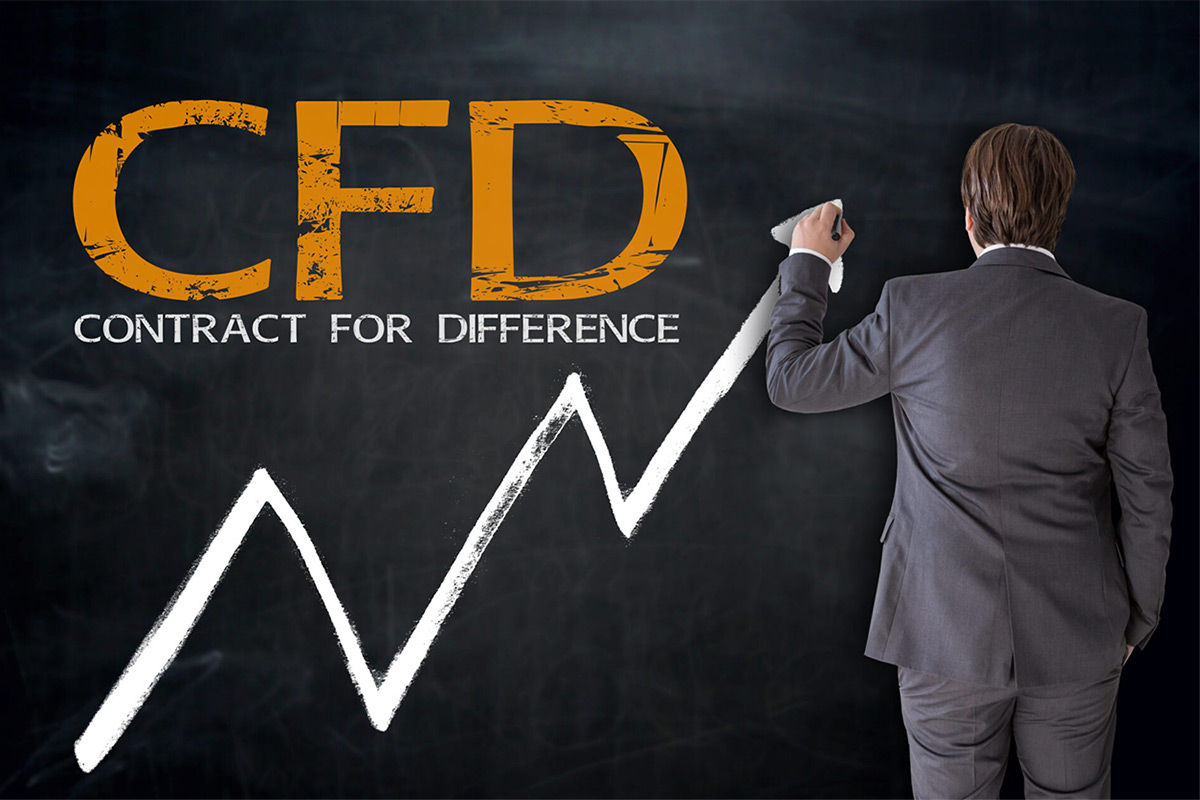
Tra il numero di attività finanziarie, ci sono due tipi fondamentali: attività reali e derivati. Le attività reali, come azioni, materie prime o coppie di valute, sono tangibili e hanno un valore reale. Al contrario, i derivati sono contratti che confermano il diritto di fare qualcosa con attività reali (di solito, vendere o comprare). I derivati includono opzioni, forwards, CFD (contratti per differenza) e alcuni altri tipi. Questo articolo discuterà il significato di CFD nel Forex e le migliori pratiche di trading.
Cosa sono i CFD (Contratti per Differenza)?
Un contratto per differenza è un accordo che dà al suo titolare il diritto di vendere o comprare la differenza tra un prezzo attuale e un prezzo futuro quando un contratto viene chiuso. È sempre legato a un'attività sottostante ma non ti dà il diritto di possedere tale attività.
Cosa sono i CFD nel Forex?
I CFD sul Forex consentono di scambiare coppie di valute senza possederle. Ciò significa che se un trader acquista un CFD e il prezzo si muove nella direzione giusta, può ottenere la differenza di prezzo. Non possedevano alcuna valuta né prima né dopo il trade, ma il CFD permetteva loro di trarre profitto da questa fluttuazione.
CFD vs. Forex: Qual è la differenza?
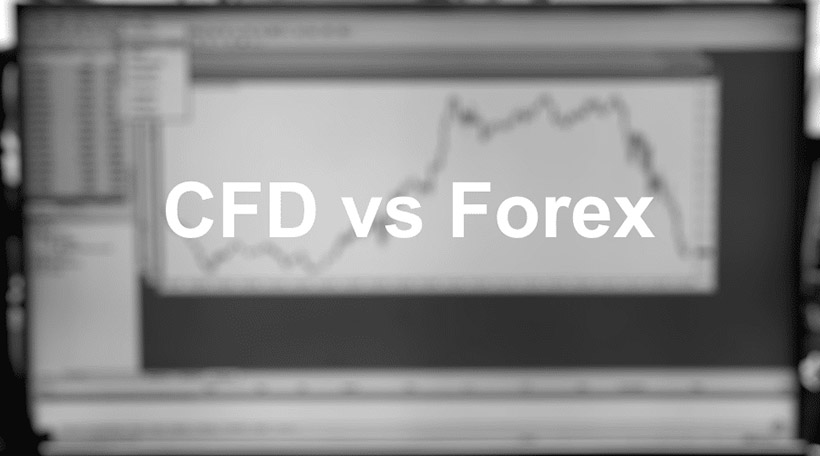
La differenza tra i CFD e il Forex è semplice. Il Forex prescrive di possedere una certa valuta per effettuare ordini. Ecco un esempio di CFD Forex: se hai una certa quantità di dollari statunitensi e pensi che la coppia EUR/USD salirà, puoi comprare euro ora, poiché in futuro saranno più costosi.
Se la tua previsione è precisa, otterrai un buon profitto che dipende dalla tua offerta. Tuttavia, non sarai in grado di fare nulla su questa coppia se non hai dollari sul tuo conto. I contratti per differenza ti danno l'opportunità di fare profitto senza possedere queste valute. Tuttavia, le perdite sono sempre possibili. La cosa è che il gioco riguarda solo la differenza di prezzo, non il valore totale dell'attivo.
Trading CFD su Forex
Cosa sono i CFD Forex? Sono piuttosto simili al trading FX regolare. Infatti, guadagni anche sulle fluttuazioni dei prezzi. Utilizzi gli stessi strumenti di analisi tecnica e applichi strategie simili. La differenza è che in realtà non possiedi mai queste valute in alcun momento. Nonostante molte somiglianze, ci sono alcune sfumature che dovrebbero essere tenute presenti. È importante conoscere tutti i vantaggi e i rischi del trading CFD Forex prima di investire denaro reale.
Vantaggi del Trading CFD su Forex
L'elenco dei vantaggi del CFD su Forex è piuttosto impressionante. Comprende un alto livello di leva finanziaria, il trading in entrambe le direzioni, l'accesso al mercato senza investimenti elevati, il trading 24 ore su 24, 7 giorni su 7 e diversi altri. Approfondiamoli:
- La leva significa che puoi effettuare scambi significativamente più grandi rispetto all'importo di denaro che possiedi effettivamente. Di solito è rappresentata come un rapporto: 20:1, 30:1, ecc. Ciò significa che puoi aprire posizioni che sono venti o trenta volte più grandi del tuo capitale iniziale. Questo è un concetto essenziale per il trading di CFD FX, poiché consente di amplificare i profitti con un deposito relativamente piccolo.
- Trading in entrambe le direzioni. Quando fai trading su una coppia di valute (ad es. EUR/USD) e devi dollari statunitensi, puoi solo venderli. Ciò significa che aprirai una posizione solo se ti aspetti un trend al ribasso. I CFD ti consentono di speculare sia sui prezzi in aumento che in diminuzione. A seconda delle tue aspettative, puoi aprire una posizione lunga o corta. "Lunga" e "corta" sono termini che descrivono cosa fai con un contratto Forex CFD. Andare lungo significa che acquisti e ti aspetti un trend rialzista. Al contrario, aprire una posizione corta ti porterà profitto in caso di una curva ribassista.
- Trading 24 ore su 24 è un altro vantaggio dei CFD. È ben noto che il Forex funziona solo cinque giorni alla settimana e è chiuso nei fine settimana. Tuttavia, i contratti per differenza sono disponibili per tutta la settimana. Mentre le fluttuazioni dei prezzi dei CFD nei giorni lavorativi sono legate ai mercati, le tendenze dipendono maggiormente dal sentiment dei trader nei fine settimana. Se tendi allo scalping o alle strategie giornaliere, non devi fermare il trading quando i mercati sono in pausa.
- Non è necessaria alcuna proprietà. L'ultimo ma non meno importante vantaggio dei CFD rispetto al Forex. I trader non devono possedere tutte le valute su cui vogliono guadagnare denaro. Tuttavia, possono guadagnare su coppie principali, minori ed esotiche con l'aiuto dei contratti per differenze. Ciò apre grandi opportunità per l'hedging e altre tecniche di gestione del rischio.
Rischi e Considerazioni
I rischi sono una parte naturale del trading. È imprudente impegnarsi in operazioni finanziarie a meno che non si disponga di un adeguato sistema di gestione del rischio. Questo è particolarmente vero per i CFD nel Forex. Perché è così? Il motivo risiede in un meccanismo di leva. È ottimo per amplificare i profitti, ma può anche amplificare le perdite.
Per evitare un rapido esaurimento del tuo deposito, è necessario prendere adeguate precauzioni. Prima di tutto, quando si apre una posizione, i trader dovrebbero impostare uno stop-loss. Questo impedirà enormi perdite nel caso in cui il prezzo cambi in modo sfavorevole. Questi ordini vengono eseguiti automaticamente in tutti i programmi di trading come MT4, MT5 e altri.
Insieme agli stop-loss, è consigliabile impostare ordini di take-profit per bloccare i tuoi guadagni e ritirarli prima che il trend cambi.
Tra le altre questioni da considerare quando si negoziano CFD nel Forex ci sono possibili scivolamenti. Questi sono la differenza tra il prezzo alla chiusura dell'ordine e l'effettiva somma di denaro che un trader riceve. Questo avviene a causa dell'alta volatilità del mercato Forex: in pochi secondi, il trend può muoversi per diversi pips.
Per una corretta gestione del rischio, è anche importante diversificare gli asset nel tuo portafoglio di investimenti. Scegli diverse coppie per ridurre l'impatto dei fattori di mercato negativi.
Ultimo ma non meno importante. La strategia di trading non dovrebbe essere una tecnica di gestione del rischio, ma la negligenza nella sua esecuzione mette seriamente a rischio il tuo deposito. D'altra parte, la coerenza delle tue soluzioni di trading può ridurre significativamente il rischio di perdite elevate e improvvise.
Come iniziare il trading CFD sul Forex

Non è difficile iniziare il trading CFD sul Forex. Dovrai seguire diversi passaggi preparatori e poi iniziare il tuo percorso da trader. Dai un'occhiata a queste istruzioni passo dopo passo:
- Passaggio 1. Seleziona un broker Forex CFD. Ci sono letteralmente centinaia di broker in tutto il mondo. Tuttavia, non tutti offrono il miglior servizio. Fai delle ricerche, leggi le recensioni e invia le tue domande al servizio di supporto. Una volta trovato un broker che soddisfi le tue esigenze, passa al passaggio successivo.
- Passaggio 2. Apri un Account. Per fare ciò, dovrai inserire alcune informazioni personali. Queste includeranno il tuo nome completo, l'indirizzo di casa, la data di nascita e i dettagli di contatto. Assicurati che le informazioni siano corrette.
- Passaggio 3. Conferma la Tua Identità. Prima di poter depositare fondi e iniziare a fare trading, devi verificare la tua identità. Il modo di fare ciò può variare per i diversi broker, ma di solito il processo di verifica è molto semplice. Nella maggior parte dei casi, dovrai caricare una copia del tuo passaporto o della patente di guida, così come una prova di indirizzo.
- Passaggio 4. Deposita Fondi. Una volta confermata la tua identità, puoi finanziare il tuo account presso il broker CFD.
- Passaggio 5. Inizia a Fare Trading. Ora puoi esplorare grandi opportunità nel trading CFD. Se non sei sicuro delle tue capacità, puoi provare i migliori robot Forex per un'assistenza professionale e redditizia.
Strategie di Trading CFD per il Forex
Sviluppare una strategia è una parte creativa del trading CFD. Anche se trovi linee guida con decine di strategie diverse, la tua sarà comunque unica. Il modo in cui fai trading dipende dalla tua personalità, dalla tua tolleranza al rischio e da molti altri fattori.
Guardiamo un esempio di una strategia comunemente utilizzata nel trading CFD. Ad esempio, i day trader possono utilizzare grafici a cinque minuti e fare quattro o cinque scambi in un singolo giorno di trading, con ciascun trade attivo per circa trenta minuti.
Trading CFD Forex: Consigli e Tecniche Pratiche
Perché il trading di CFD sul Forex sia di successo, è estremamente importante prepararsi al trading. Presta attenzione a questi quattro piccoli consigli che ti aiuteranno a far fronte con successo ai problemi e a ottenere un profitto.
Consiglio 1. Segui la strategia
Sviluppa una strategia chiara basata su regole semplici. Non improvvisare durante il trading. Le tue emozioni ti ostacoleranno nel trovare soluzioni ottimali, quindi è meglio essere persistenti nell'esecuzione del tuo piano.
Consiglio 2. Utilizza un leva moderata
Una leva elevata è molto allettante poiché offre l'opportunità di una grande vincita. Tuttavia, i rischi aumentano gradualmente. Quando si fa trading di CFD sul Forex, non è consigliabile utilizzare una leva superiore a 10:1. Questo è un valore ottimale che consente a un trader di mantenere un equilibrio tra ricompense elevate e rischi accettabili.
Consiglio 3. Imposta sempre uno stop-loss
Il mercato può cambiare molto rapidamente. È quindi necessario impostare ordini automatici che proteggeranno i tuoi fondi. Ogni software di trading ha questa opzione, quindi non iniziare a fare trading prima di aver imparato gli strumenti tecnici di base.
Consiglio 4. Studia il mercato
Il trading di contratti per differenza ha le sue specificità. Se hai esperienza nel mercato delle criptovalute o degli indici ma non nel mercato dei CFD sul Forex, è sicuramente necessario fare una ricerca adeguata. Esplora i grafici su diversi intervalli di tempo e impara i principali indicatori tecnici. Solo allora potrai iniziare a fare trading di CFD.
La conclusione
Il trading di CFD sul FX offre buone opportunità di profitto. Tuttavia, i CFD comportano anche un rischio significativo che dovresti considerare prima di aprire una posizione. Un trader deve condurre un'analisi di mercato dettagliata e fare attenzione prima di investire i propri soldi. È altrettanto importante scegliere il broker giusto che offra buone funzionalità di gestione del rischio, una vasta selezione di CFD e commissioni competitive. Scegliendo un broker affidabile e una strategia efficace, aumenti significativamente le tue possibilità di successo.



